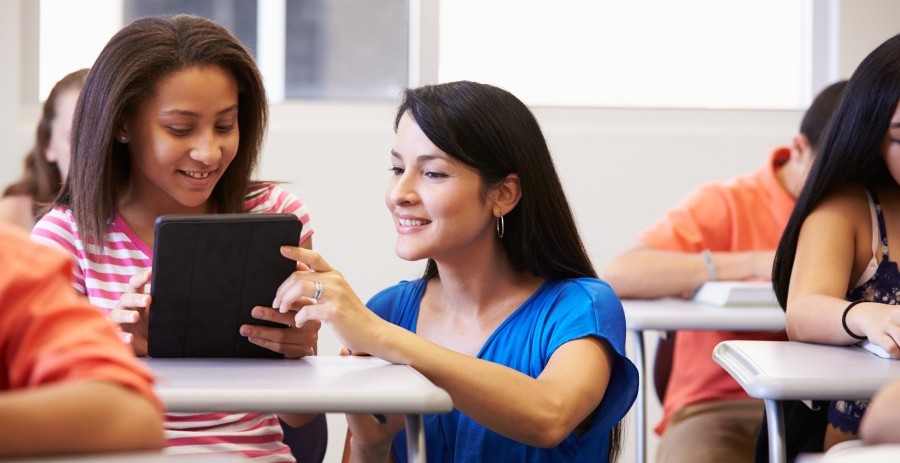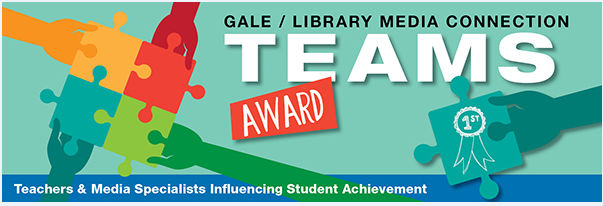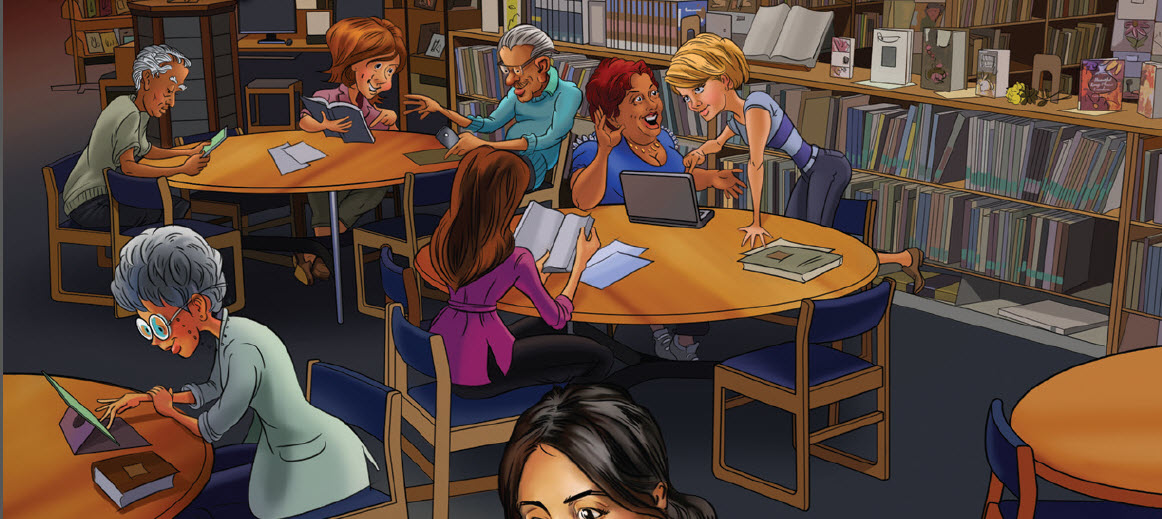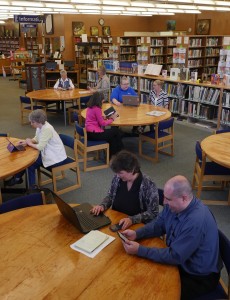Posted on September 3, 2015
Posted by Cenee Precure
Life never stops teaching. Be sure to never stop learning. ~ Michael Josephson
As our high school sat on the cusp of all things Google with shiny new Chromebooks and whispers of Google Classroom drifting through the hallways, the school library was at that place once again…dig in our heels and resist another district technology implementation or dive in and embrace the challenge!
As a relatively new librarian, serving high school faculty, staff, and students for the first time, I knew I had to build relationships, be willing to take some risks, and be bold enough to learn from my mistakes along the way. Thankfully, there were brave teachers that were willing to embark on this journey with me.
With cinnamon rolls in tow, I met with the English teachers during their PLC and presented a quick overview of the TexQuest resources and had a representative from Imagine Easy do an online webinar introducing the Scholar Edition (formerly known as the School Edition of EasyBib). I knew if I could get just one teacher to buy into how these two digital platforms could work together, the paperless research project might actually become more than just a seed of an idea.
Read moreJumping Into Digital Learning – One Librarian’s Story











